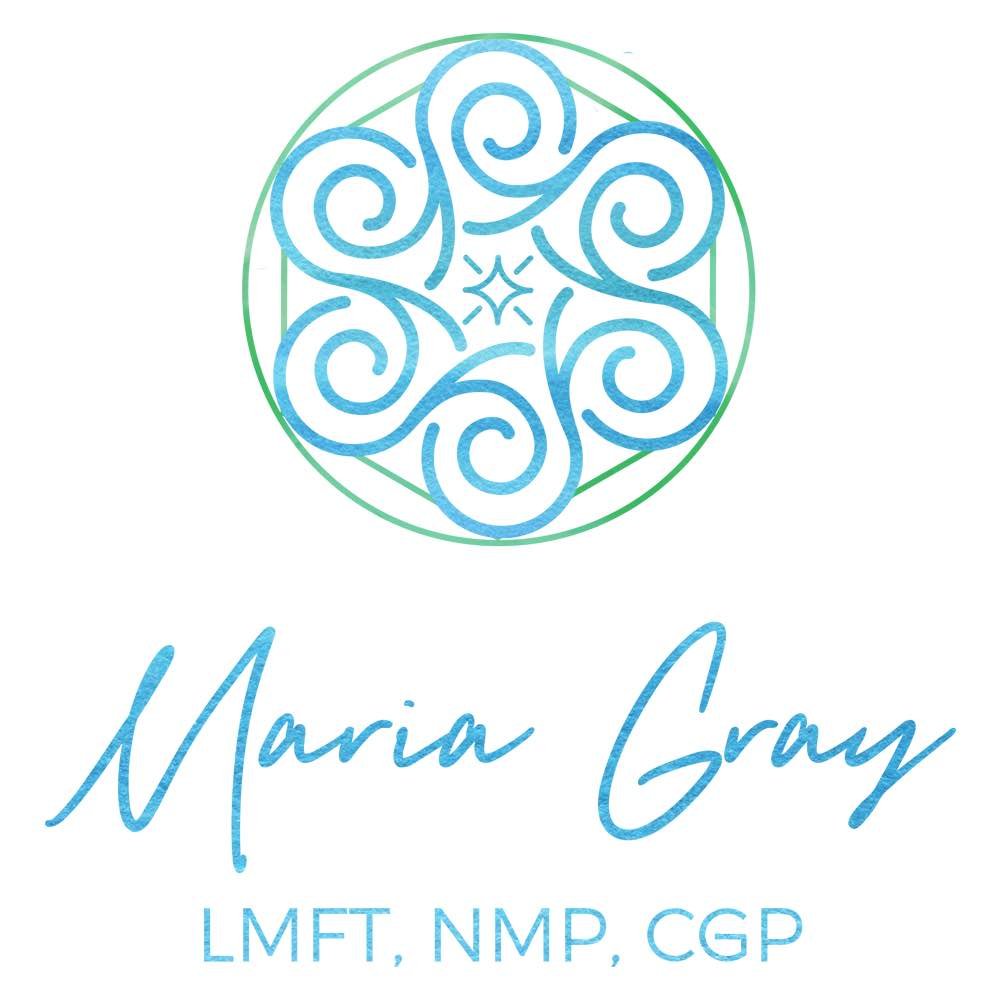
NARM
Neuro Affective Relational Model Therapy
in Los Angeles, CA
WHAT IS NARM?
The NeuroAffective Relational Model (NARM) blends traditional psychotherapy with a somatic approach; it was developed by Dr. Laurence Heller. The NARM approach focuses on working with someone’s strengths and resources as well as with their current symptoms. NARM combines a focus on the body and nervous system with an exploration of one's thoughts and emotions. Clients learn somatic mindfulness which heightens their awareness of emotional and physiological patterns that began in the past and occur in the present.
In NARM the focus is less on why a person is the way they are and more on how their survival style shows up in the present moment. NARM orients the client toward resources-- both internal and external-- in order to help develop an increased capacity for self-regulation and healthier attachments.
NARM combines a top-down and bottom-up approach. Top-down therapies focus on thoughts and emotions. Bottom-up therapies focus on the body; the felt sense.
How can narm help Me?
One of the key elements of NARM is somatic mindfulness, the ability to mindfully track sensations in the nervous system. When clients learn how to track sensations in their bodies they develop the capacity to feel their feelings without becoming overwhelmed by them. Tracking can help relieve symptoms of anxiety and depression.
I completed a two-year certification in NARM and continue to expand my learning. If you are interested in learning more about NARM you can watch the video below where Dr. Larry Heller is being interviewed on The Trauma Therapist podcast below or read Healing Developmental Trauma: How Early Trauma Affects Self-Regulation, Self-Image and the Capacity for Relationship, by Dr. Laurence Heller and Dr. Aline LaPierre.
Does NARM work online?
While I offer NARM sessions in-person at my Santa Monica office, NARM sessions can also be done online. I offer virtual NARM sessions to clients residing in California, New York and Texas.

